Basic Sudoku Elements
Sudoku Rules: Place the numbers between 1 to 9 in the boxes provided without repeating any of the digits in a row, column, or 3x3 square indicated by bold lines.
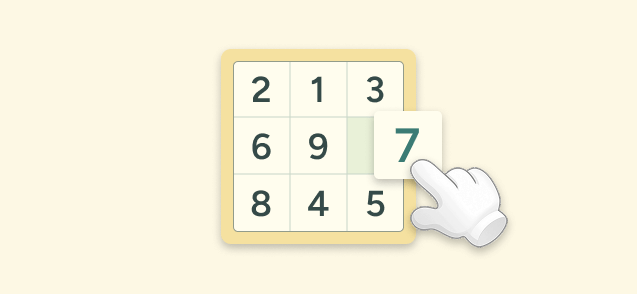
Full House
The Full House highlights the submission of a Singles strategy in Sudoku. This occurs when a house, either row, column, or block, has only one empty cell left as in its filled all other cells. If it happens to be the last missing digit in the entire puzzle, it is commonly known as The Last Digit. Sometimes, is referred to as The Last Digit
Continue Reading
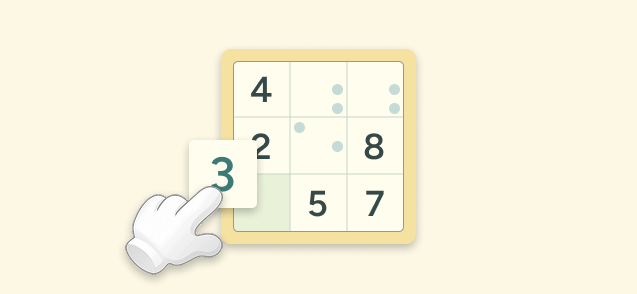
Naked Single
A Naked Single occurs with a cell possessing only one final numbered candidate left: all other choices have “hidden” themselves indicating to the solution is pre-obvious. Because their singular presence dominates that cell proves it must is crowned.
Continue Reading
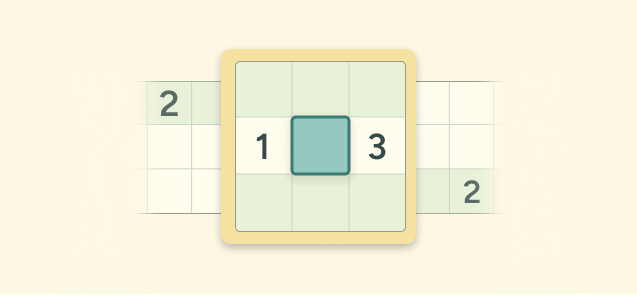
Hidden Singles
A Hidden Single emerges in cases where a digit is uniquely allowed to occupy one position on a certain house but that cell accommodates more than one candidate and the required digit is contextually masked.
Continue Reading
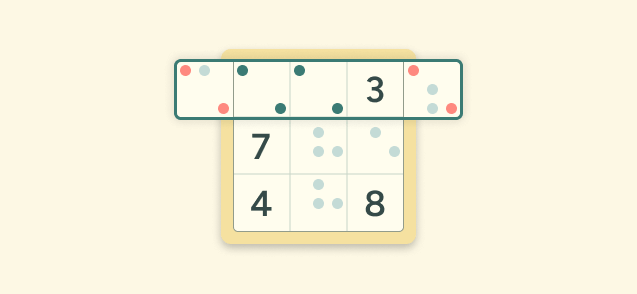
Locked Pair
When two cells forming a _Naked Pair_ (two identical candidates confined to two cells) are located in two overlapping houses (e.g., a row and a block, or a column and a block), this is termed a Locked Pair. Candidates can be eliminated from both houses.
Continue Reading
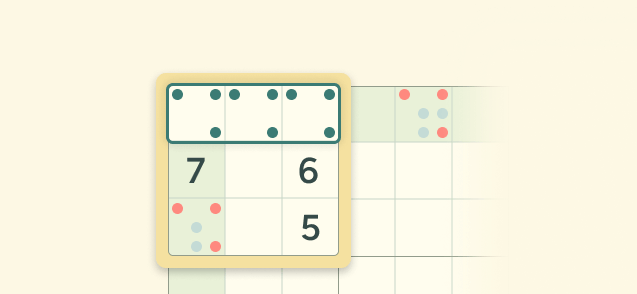
Locked Triple
A Locked Triple occurs when three cells forming a Naked Triple (three candidates restricted to three cells) span two overlapping houses. Eliminations apply to both houses.
Continue Reading
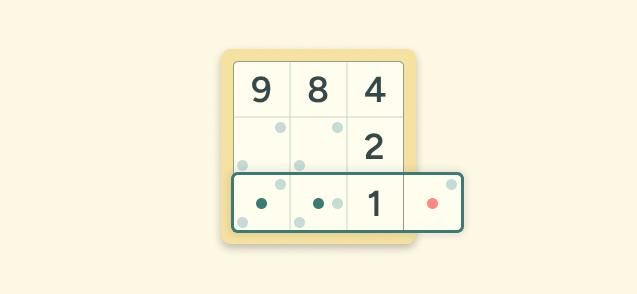
Locked Candidates
The Locked Candidates are also referred to as an Intersection Removal. This occurs when a digit can only have a certain placement within a row/column in a certain block; this allows for eliminations in intersecting areas. This technique has two subtypes: Claiming (Type 2) and Pointing (Type 1).
Continue Reading



